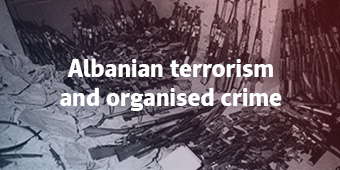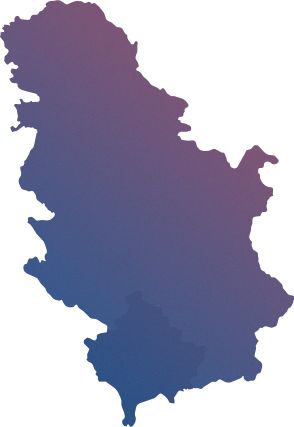
- Serbia
Get to know Serbia
- Citizens
Culture and science
Health services
Pension and disability insurance
- Business
Employment
Economy
- Media
- Government
- Contact
Keep in touch
Keepin touch
Whether you have a question, comment, suggestion or any problem in the purview of the government, send us your message and we will try to respond as soon as possible. If your problem is not in our purview, we will forward your message to the relevant institution.
Exhibition of Photographs "The Roots of Soul"

Darko Dozet, a press photographer from Novi Sad, visited Kosovo and Metohia at the beginning of the 21st century. On the first plane, there is life, and on the second, there is situation.
As Dozet's photographs witness, to live at Kosovo seems the same as to laugh, work, run, learn, walk... anywhere else in the world. Unpretentiously, without any 'messages' or propaganda tricks, with his camera, Darko managed to submerge into the privacy of his 'models' and reveal it. That explains the presence of trust, wormth, honesty and a tiny line of shyness in their eyes.
While they are wathing over the cattle, with the worried host's expression, just misteriously peering, caught in 'the migration of saints', or laughing aloud in dust and being obstinate and stubborn towards the adults, the characters at Darko's photographs are actually bathing in the freedom of soul, proving that the life at Kosmet not only exists, but is being beautiful like nowhere else in the world.
The fact that life at Kosovo is like nowhere else in the world, certainly not beautiful, but full of sorrow, pain and fears, is shown on the second plane of Darko's photos. The remains of destroyed sacred places, creepy silence of ancient buildings, armed soldiers... those are the pictures that present life of non-albanian inhabitants in ghettos and witness the lasting hatred.
In search of his own subjectivity and the essence of his profession, Darko has paralelly been studing the roots of the ancient Serbian civilisation at Kosovo. With the exhibition, he tried to create the invisible, eternal hand whose touch made the handle of the church entrance so smooth and reveal the presence of spirit that leads towards the vow of existence.
Dozet explains serenity and satisfaction of remaining Serbs by doing it, their decisiveness and courageous determination to stay at the roots of their ancestors and their state, and, above all, security and confidence that graces only those people who are certain of doing the right thing.
Novi Sad, September 2003, by Stanko Pevac
Photos from Kosovo and Metohija by Darko Dozet
Kosovo and Metohija
-
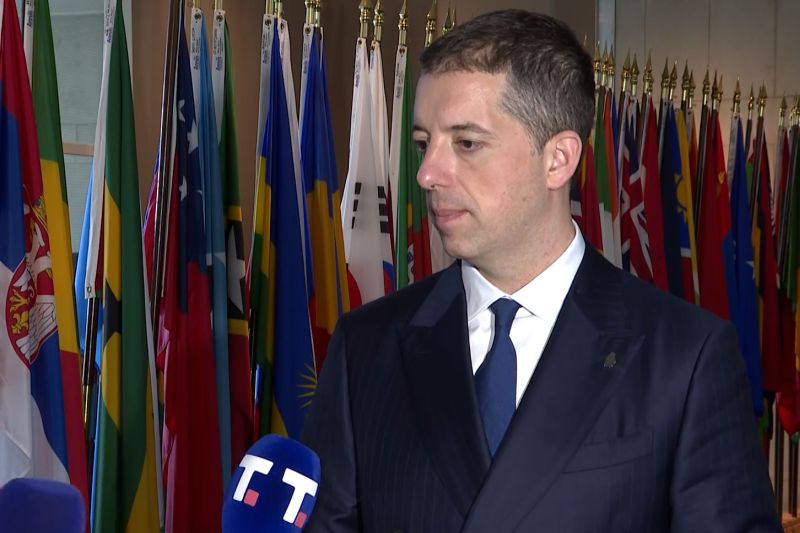 Belgrade/New York, 9 April 2025
Belgrade/New York, 9 April 2025Truth about difficult situation of Serbian people in Kosovo and Metohija presented at UN SC session
-
 Belgrade/New York, 8 April 2025
Belgrade/New York, 8 April 2025Facts about position of Serbs in Kosovo and Metohija must serve as alarm for international community
-
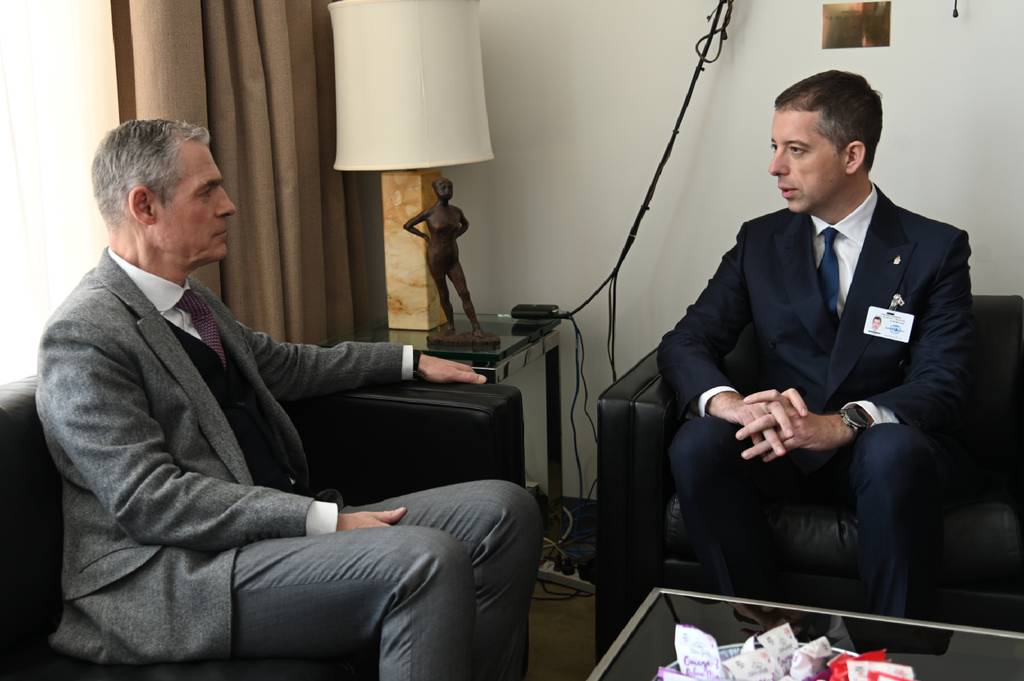 Belgrade/New York, 8 April 2025
Belgrade/New York, 8 April 2025Dialogue only way to achieve sustainable solutions in Kosovo and Metohija
-
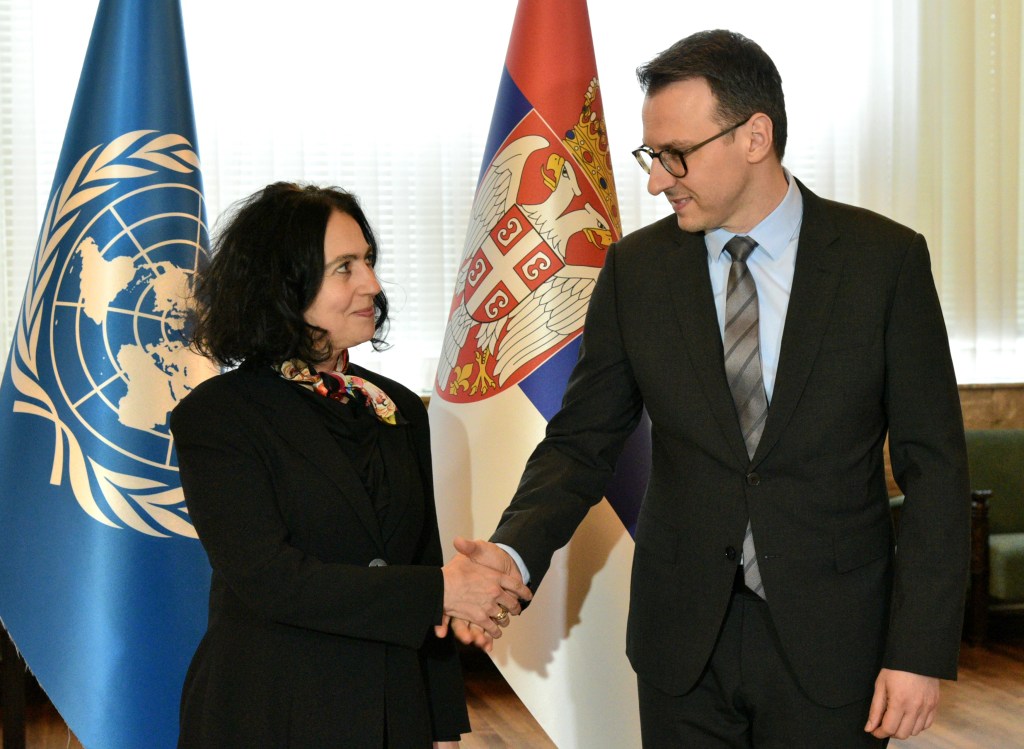 Belgrade, 7 April 2025
Belgrade, 7 April 2025UN’s role irreplaceable in preserving peace in Kosovo and Metohija
-
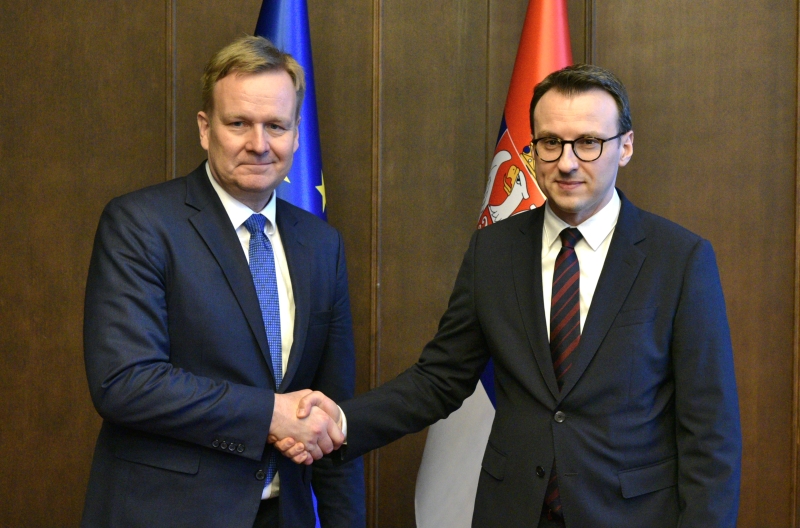 Belgrade, 25 March 2025
Belgrade, 25 March 2025Belgrade insists on full implementation of agreements reached on Kosovo and Metohija
-
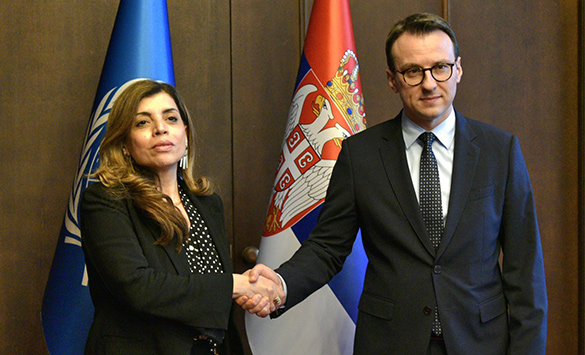 Belgrade, 24 March 2025
Belgrade, 24 March 2025Elementary existence of Serbs in Kosovo and Metohija under threat
-
 Belgrade, 17 March 2025
Belgrade, 17 March 2025Serbia not to give up on demand to punish those responsible for March pogrom
-
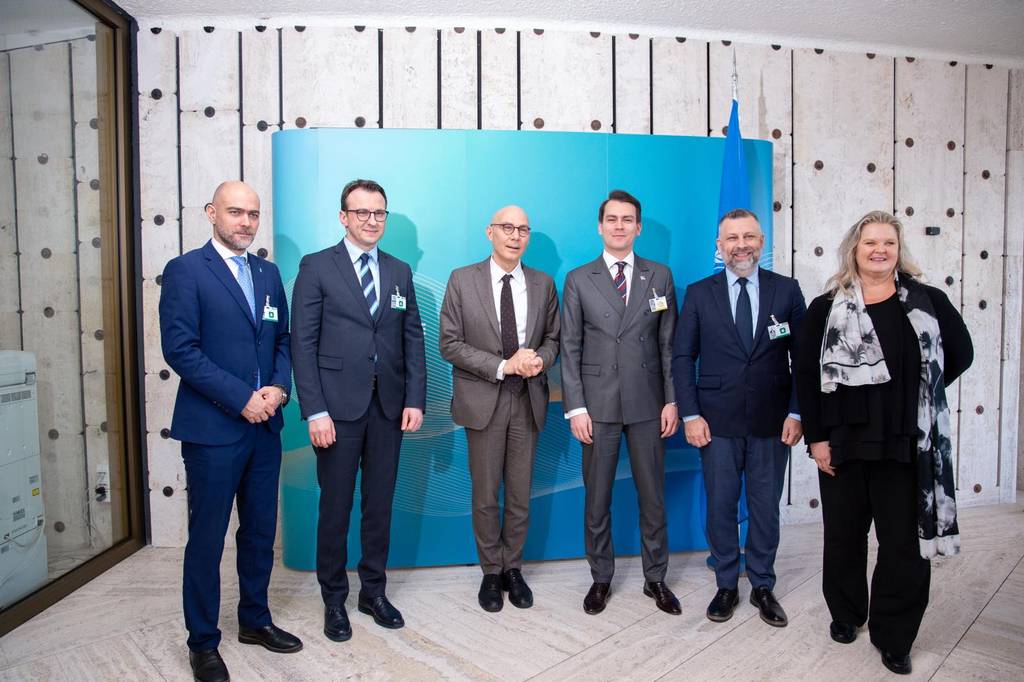 Belgrade/Geneva, 25 February 2025
Belgrade/Geneva, 25 February 2025UN urged to use available mechanisms to stop Priština’s terror
-
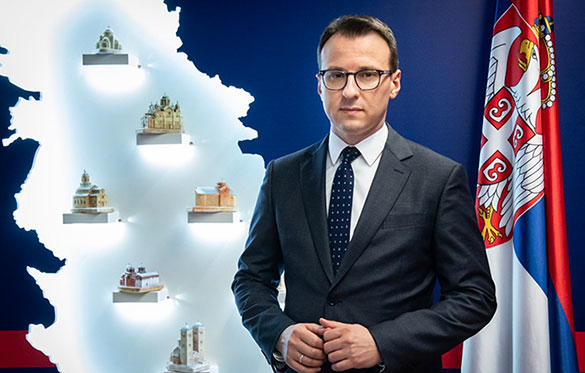 Belgrade, 24 February 2025
Belgrade, 24 February 2025Petković at UN Human Rights Council session in Geneva
-
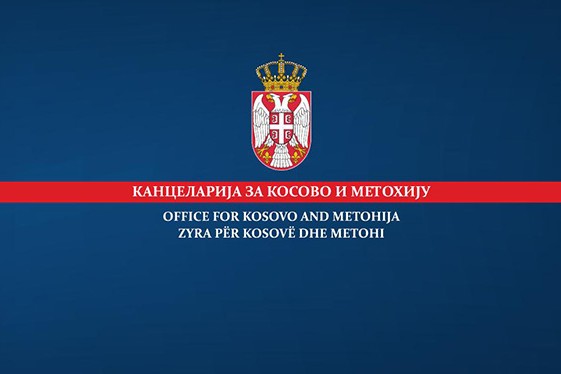 Belgrade, 10 February 2025
Belgrade, 10 February 2025Đorić family home stoned in Lipljan








